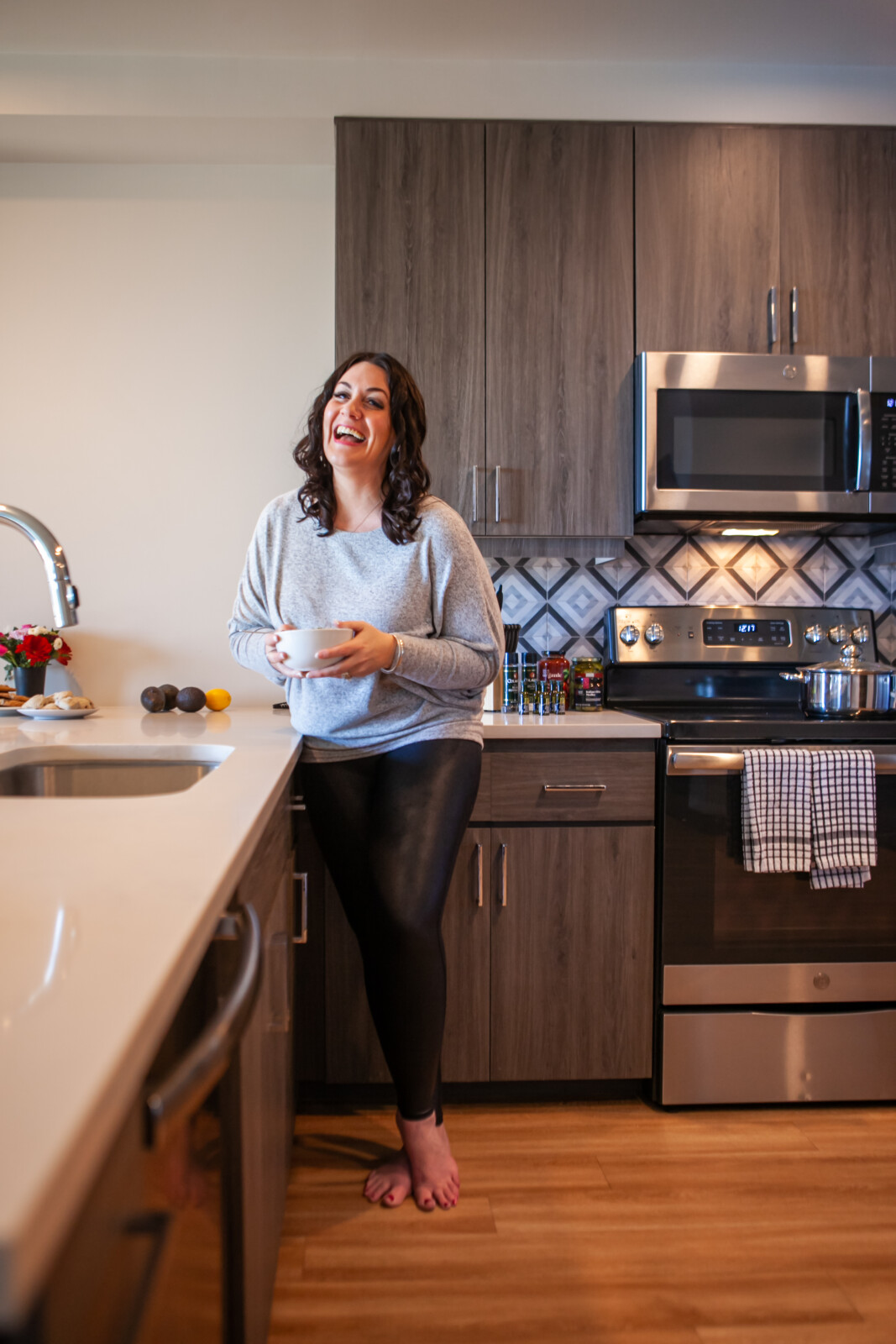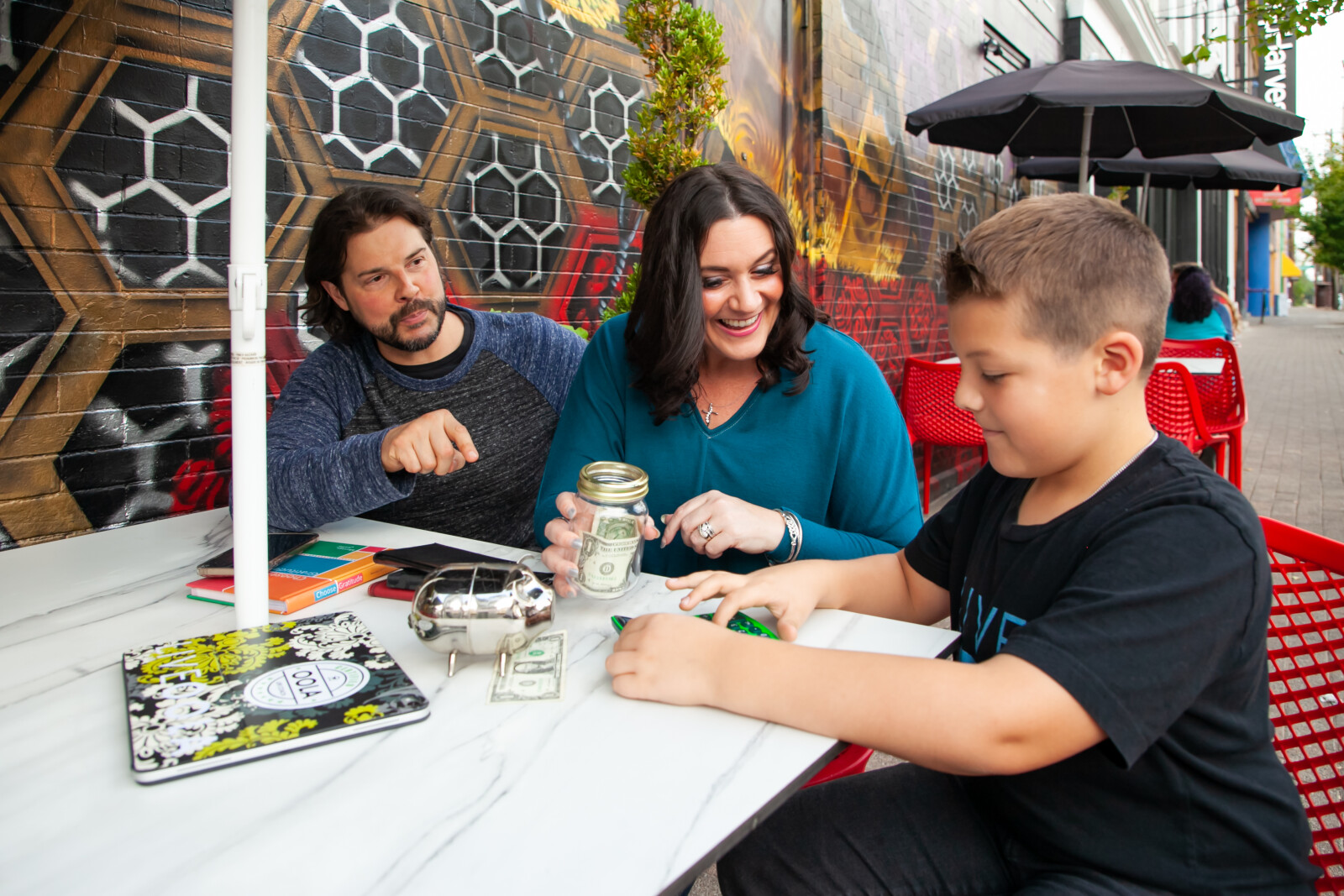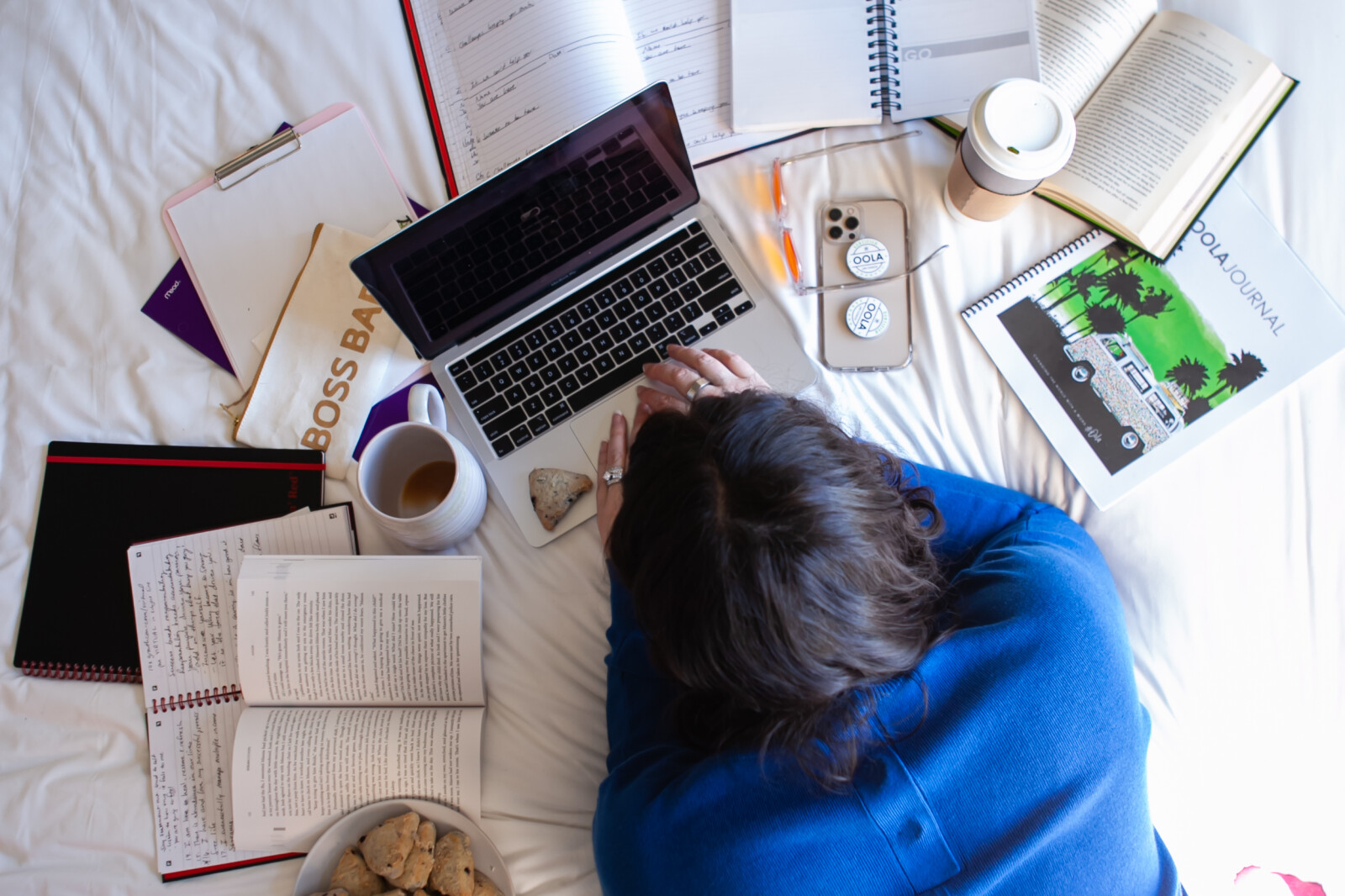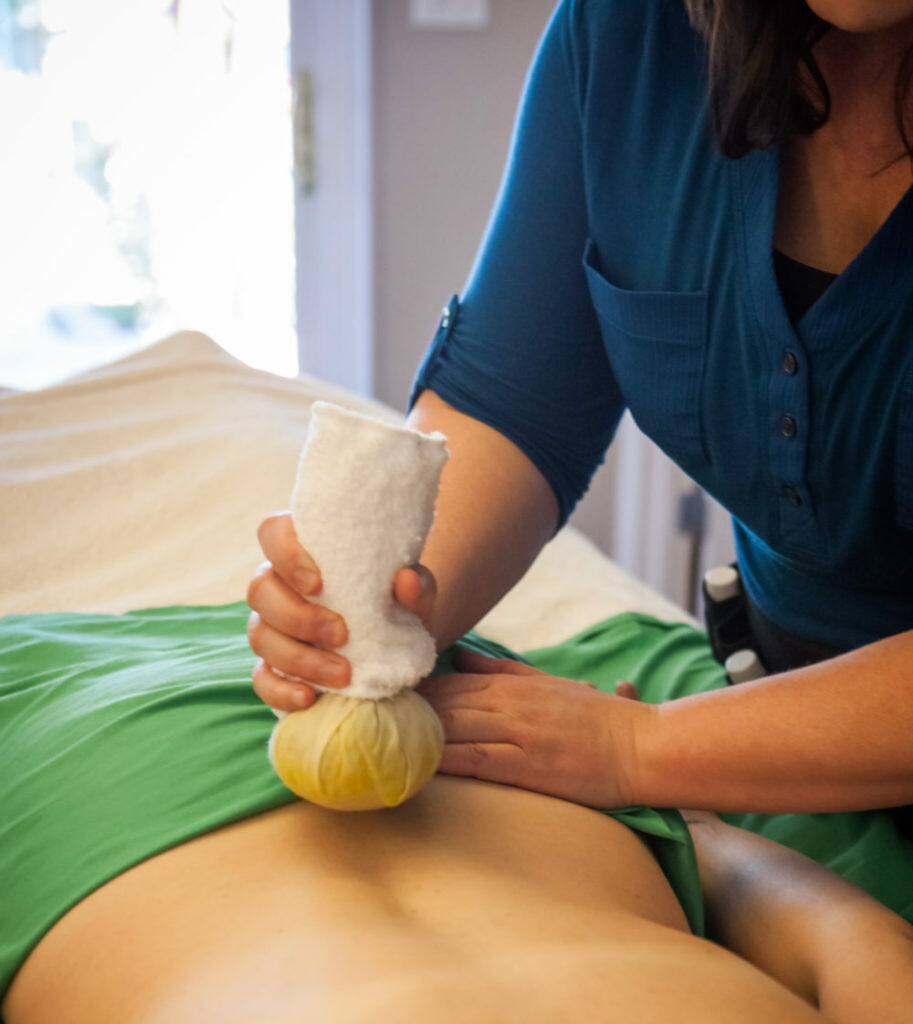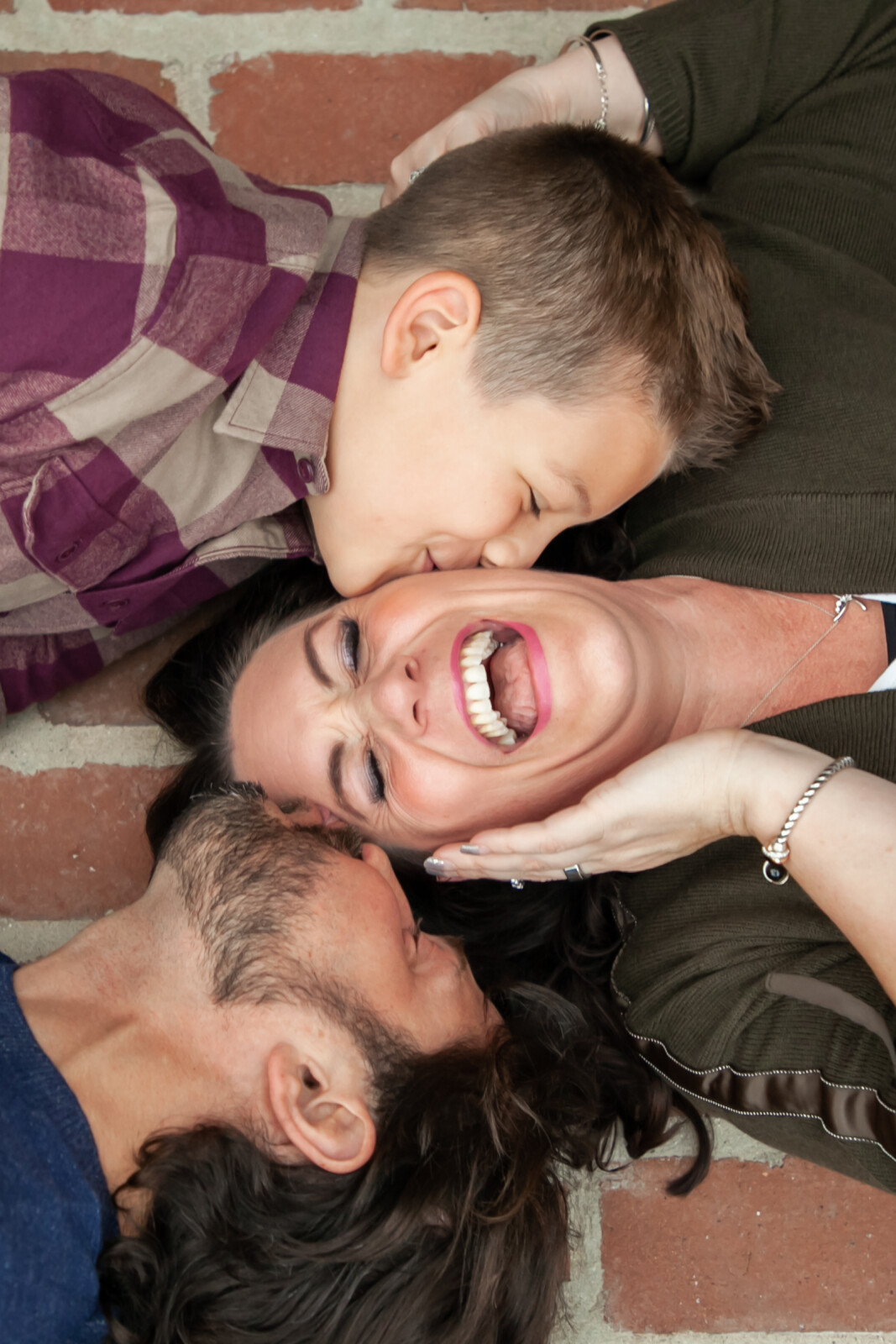
With a global pandemic upon us, 2020 was a year when virtually everyone was focused on their health and fitness. Or were they?
While we were busy social distancing and stockpiling, many people overlooked other health conditions, spaced on their routine workouts, rationalized work-at-home snacking… and saw their stress levels skyrocket.
This year definitely came with plenty of distractions and opportunities for excuses. Maybe you abandoned your gym routine or other healthy habits somewhere along the way. It’s been a strange year, and it’s ok that you don’t feel like your best self right now – in fact, that’s completely normal and expected in stressful circumstances.
Ready to stop feeling stuck and start finding balance? I’m a certified life coach and would love to talk to you!
What a fitness routine can do for you
What better way to combat stress than to work through it physically? If you’ve heard of or experienced a “runner’s high,” you know what I’m talking about. Our bodies release happy hormones called endorphins when we engage in physical activity, and it’s just a good idea for your overall health to be physically active.
Having a routine for moving your body will make it easier for you to commit to taking care of yourself in this way. Without a clear plan or goal, you’re much more likely to skip working out, avoid creating time for it, and continue to feel stuck.
If 2020 was a “fitness fail” for you, it’s time to get back on the horse and find your rhythm again.
How to create your own routine
This may seem obvious, but the first step in creating your fitness routine is to pick an activity you actually like to do.
Working out can and should be enjoyable! It also can and should be challenging, but not in a way that makes you want to avoid it at all cost. Choose to practice activities that are fun, make you feel stronger, or give you that rush of mental clarity. Don’t force yourself into a workout routine that you hate; you likely won’t stick with it long if that’s the case.
Here are some popular activities to consider:
- Running
- Weight lifting
- Cycling
- Dance
- Yoga
- Skating
- Tennis
- Basketball
- Barre
- Kayaking
- Hiking
- Boxing
These are just a few ideas to help you get started. However you choose to move your body is up to you!
How to commit to your fitness routine
If you’ve had trouble in the past actually showing up to the activities you’d picked out for yourself, this part is for you.
When we’re first beginning to develop new habits, the hardest part is consistency. In order to solidify these good habits and make them more automatic, we have to do the hard work in the beginning of showing up over and over until it sticks. The more consistent you can be right off the bat, the more likely your new habits and routines will stick long term.
Here are some things to try when you’re creating a new routine:
- Write it down. Get a pen and paper and physically write out your fitness goals. Writing down your goals helps your brain retain and subconsciously work toward them.
- Schedule it in. Put your workouts or activities into your calendar. Remove the excuse that there’s not enough time by making time for it. And then actually go when you say you will.
- Pack your gym bag the night before. Put it in your car the night before, too, if you’re worried you’ll forget it. Cut out as many excuses as possible!
- Tell your significant other, your family, or a close friend about your goals. Ask if they’ll help keep you accountable to the plans you’ve set out for yourself. Telling another person about your goals gives you even more reason to follow through.
Here’s to a healthy new year!
Remember: You are more than your routines and your habits. A missed workout does not mean you’ve failed, and it sure isn’t a reason to quit completely!
Move your body in ways that feel good to you and challenge you, and you’ll be on your way to a successful fitness routine and a healthier life.

When we hear about someone adopting a healthier lifestyle, usually that involves implementing a diet, exercising more, or perhaps cutting down on television or social media intake. When was the last time you heard of someone focusing on skin care as a way to adopt a healthier lifestyle? Usually, we see skin care methods advertised as a way to improve the appearance of the skin and slow down the effects of aging.
While those aspects of skin care are great, what most people don’t realize is what an important impact skin care can have on overall health.
The importance of skin health
The skin is the body’s largest and fastest-growing organ. It serves many important functions for the body. The skin protects the body against infection and bacteria; regulates body temperature; and gives you the ability to feel touch, heat, cold, and pain.
Failing to care for your skin can allow premature aging, rashes, breaks in the skin, acne, and other skin problems that may reduce its ability to perform important functions to support your health.
Five ways to support your skin health today
While supporting your skin health is a daily, lifelong process, it’s never too late to start, and you can begin today. Here are five ways you can support your body’s natural shield against harm and infection: your skin.
1. Protect yourself from the sun. Wear a hat; wear sunglasses; look for shade; apply sunblock. A lot of people only think about putting on sunblock if they’re going to the beach, but the sun’s harmful rays can, of course, reach your skin anytime you’re outside or near a window. If you’re attending a sporting event, going for a walk, or even just driving somewhere, your skin might be exposed to the sun. Use SPF 30 or higher each day, especially on your face, for best results. Be sure to apply sunblock for your children, too, though the American Academy of Dermatology Association does not recommend using sunblock for children who are younger than six months of age.
2. Don’t smoke. Smoking not only causes premature aging but also damages your skin’s health. Smoking causes the skin’s blood vessels to constrict, which reduces blood flow to the area. Smoking can also cause skin cancer. Quit today!
3. Hydrate your skin. Your skin is made of cells, which need a lot of water to function properly. You can hydrate your skin by drinking plenty of water and using a moisturizer. When you drink water, other organs absorb it first. If you don’t drink enough water, your skin can become dry and tight, making it more prone to wrinkles and other problems.
4. Eat a healthy diet. Eating well can support your skin’s appearance and functions, too. Here are some foodsyou can add to your diet that will support your skin health: salmon, avocados, walnuts, sunflowers seeds, sweet potatoes, broccoli, soy, and dark chocolate.
5. Use makeup products that aren’t harmful to your skin. Some makeup products can cause dryness, rashes, eye infections, and premature aging. Most of them even contain harmful chemicals and other ingredients that can be absorbed into the skin. You wouldn’t drink harmful chemicals, so why put them on your skin every day? For example, a lot of skincare products include lead, arsenic, talc and formaldehyde in their ingredients. Gross, right? That’s why we recommend Young Living’s Savvy Minerals, a makeup line that leaves out those harmful ingredients. Kindred Touch’s next blog post will teach you more about what Savvy Minerals can add to your skincare routine!
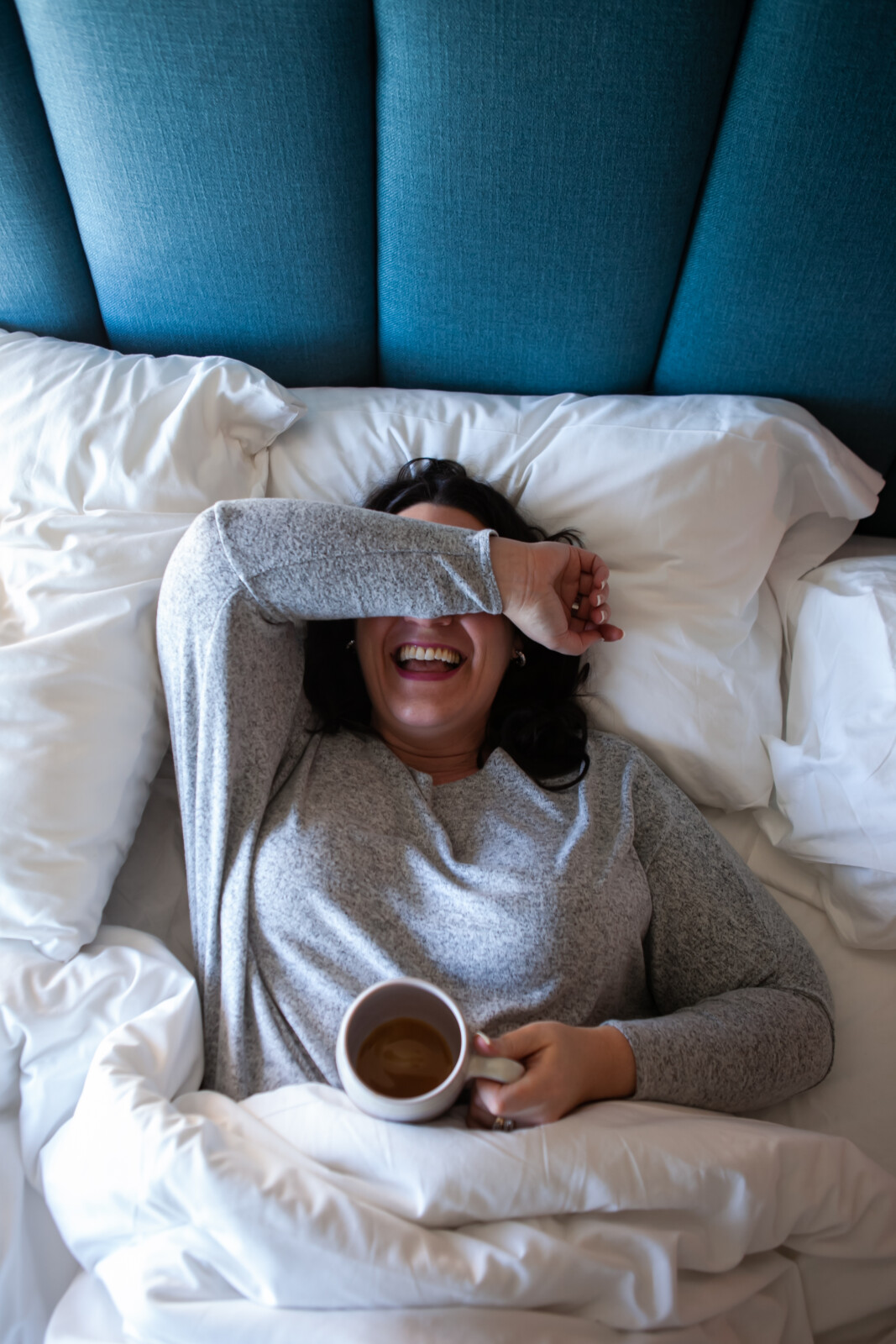
As we get older, we learn new methods to improve our health. We eat expert-recommended diets to improve our energy level. We take special medications to regulate our hormones and anxiety levels. We sign up for special workout programs to maintain our ideal weight. However, sometimes, improving our health is as simple as doing more of something we’ve known how to do since we were infants: sleeping.
“Getting enough sleep improves your health, strengthens your immune system, improves your mood, and boosts productivity,” said Kristen Knutson, National Sleep Foundation Poll Fellow. “Improving sleep in various demographics could make a positive impact on public health.”
Your mom probably told you, “You need your sleep!” And she was right. Here are seven science-backed things you probably didn’t know about sleep deprivation.
1. YOU might be sleep deprived
Nearly half of Americans report that they’re not getting enough sleep—or their sleep quality is poor—and it’s affecting the quality of life, according to the National Sleep Foundation. Only one-third of adults sleep eight hours per night per the World Health Organization recommendation. Feeling tired? Put down that coffee! You might just need a few more hours of shut-eye per night.
2. Men and women have different sleep disorder risk factors
Men are more likely to report snoring and get diagnosed with sleep apnea. Women, however, are more likely to report difficulty falling and staying asleep and get diagnosed with insomnia, according to the National Sleep Foundation.
3. Your brain makes decisions while you’re asleep
OK, it’s not like your brain is applying for graduate programs while you’re asleep. But while you might not remember much about the hours you spend asleep, your brain is actually quite active during this time. A study published in the journal Current Biology indicates that “complex stimuli can not only be processed while we sleep but [also] that this information can be used to make decisions, similarly as when we’re awake,” Thomas Andrillon and Sid Kouider write. Maybe there’s a good reason that people say they’re going to “sleep on” big decisions before they make them.
4. For some, needing sleep has been stigmatized
Leading neuroscientist Matthew Walker, a sleep scientist, says some people seem to view sleeping as lazy. People want to seem busy and productive, so either they sleep less, or they try to make is sound like they sleep less. “Humans are the only species that deliberately deprive themselves of sleep for no apparent reason,” Walker said.
5. Sleep deprivation can make you gain weight
While it might sound counterintuitive, sleeping more might help you maintain a healthy weight. Restricting your sleep not only increases appetite and stress hormones but also decreases your body’s ability to metabolize sugar. Next time you notice your pants are getting a little snug, don’t just start researching gym memberships—pay attention to how much sleep you’re getting, too.
6. Lack of sleep increases instances of car accidents
Driver fatigue has caused nearly 1.35 million car accidents in the United States in the past five years, according to the Harvard Business Review. If you’re awake for more than 18 hours in a row—say, from 6 a.m. to midnight—”your reaction speed, short-term and long-term memory, ability to focus, decision-making capacity, math processing, cognitive speed, and spatial orientation all start to suffer,” Bronwyn Fryer writes. We’ve probably all claimed at some point that we “don’t have time to sleep more,” but is it really worth the risk?
7. Alcohol consumption negatively impacts sleep
A lot of people drink a glass of wine before bed to fall asleep, but while you might fall asleep faster, in the long-run, this habit actually decreases sleep quality. Consuming alcohol before bed can interrupt your circadian rhythm, prevent the most restorative type of sleep, increase breathing problems, and lead to nighttime trips to the bathroom, according to the National Sleep Foundation.
Prescribing and prioritizing sleep
Walker believes that sleep loss is linked to Alzheimer’s disease, cancer, diabetes, obesity, and poor mental health. “No aspect of our biology is left unscathed by sleep deprivation,” he says. “. . . When did a doctor prescribe, not sleeping pills, but sleep itself? It needs to be prioritized, even incentivized.”
What can you do to prioritize sleep for yourself and your family?

Free time isn’t a luxury; it’s a necessity. You need it for the benefit of your health, your sanity, and yes, even your productivity.
Maybe you’re a wife, mom of three, entrepreneur, and a leader in your community. Maybe you’re a millennial working 80 hours per week to pay for a tiny apartment and student debt. Or, maybe you’re a mid-career dad working full-time and going to school full-time to get a better career. Who has time for free time?
“The time to relax is when you don’t have time for it.” –Sydney J. Harris, journalist with the Chicago Daily News and the Chicago Sun-Times
That’s right; free time is for busy people. And if you don’t have time for it, you need to make time for it. Here are three things you probably don’t already know about free time.
Unscheduled fun is more enjoyable than scheduled fun.
Most of us have experienced one of those vacations that involves adhering to a strict schedule to make sure you see every sight, visit every place, and do every activity before collapsing in bed to do it all over again the next day. That kind of vacation can leave you needing a vacation after the vacation. While some people prefer to schedule every hour of their vacations, approaching life this way will leave you stressed out and drained.
Scheduling free time can actually make it less enjoyable, according to research by the Olin Business School at Washington University in St. Louis. “We consistently find that leisure, once scheduled, becomes more like work,” explains study co-author Selin Malkoc, PhD, associate professor marketing at Washington University.
Making your free or leisure time unscheduled and unstructured can actually be very simple. For example, when arranging a time to meet up with a friend for coffee, try making plans for “after dinner” or “in the afternoon” rather than “7- 8 p.m.” or “at 3 p.m.,” Malkoc suggested.
Time before a scheduled activity is less enjoyable and productive.
You will probably not enjoy free time that takes place right before you have to do something unpleasant or important. Imagine if you had a stressful meeting to attend at 1 p.m. You are probably going to spend your entire lunch thinking and worrying about it.
Research indicates that an approaching appointment makes time “shrink.” “When there’s an appointment looming, we direct our attention to it, whether it’s mentally preparing for it or simply dreading it,” according to the Associated Press. “. . . as a result, the time interval leading up to the scheduled activity feels limited and insufficient.”
To combat this problem, try scheduling your meetings, tasks, and appointments back-to-back, leaving longer periods of unscheduled time that you can hopefully use for unstructured enjoyment. Or, if you have one important task to do in a day, do it first so that you won’t think about it all day.
Unscheduled time to reflect helps you solve and prevent overarching problems.
Some people think free time is just for resting and enjoyment. Those things are important, but blocks of free time also allow for another very important activity: reflection.
“Few people make a conscious effort to learn from their experiences, and fewer still learn from their experiences,” writes George Ambler, executive in Nedbank’s group technology division in Johannesburg, South Africa. “This is because reflection is not an automatic process for most people. Most of us make our way through life simply reacting to circumstances.”
People who don’t protect their free time and use it as an opportunity to reflect only solve immediate and visible problems, according to Dov Frohman, former vice president of Intel Corporation. Using your time to reflect will make you more effective and help you use the rest of your time wisely and productively.
Are you convinced that you need free time yet? What steps can you take to implement unstructured time into your and your family’s life?
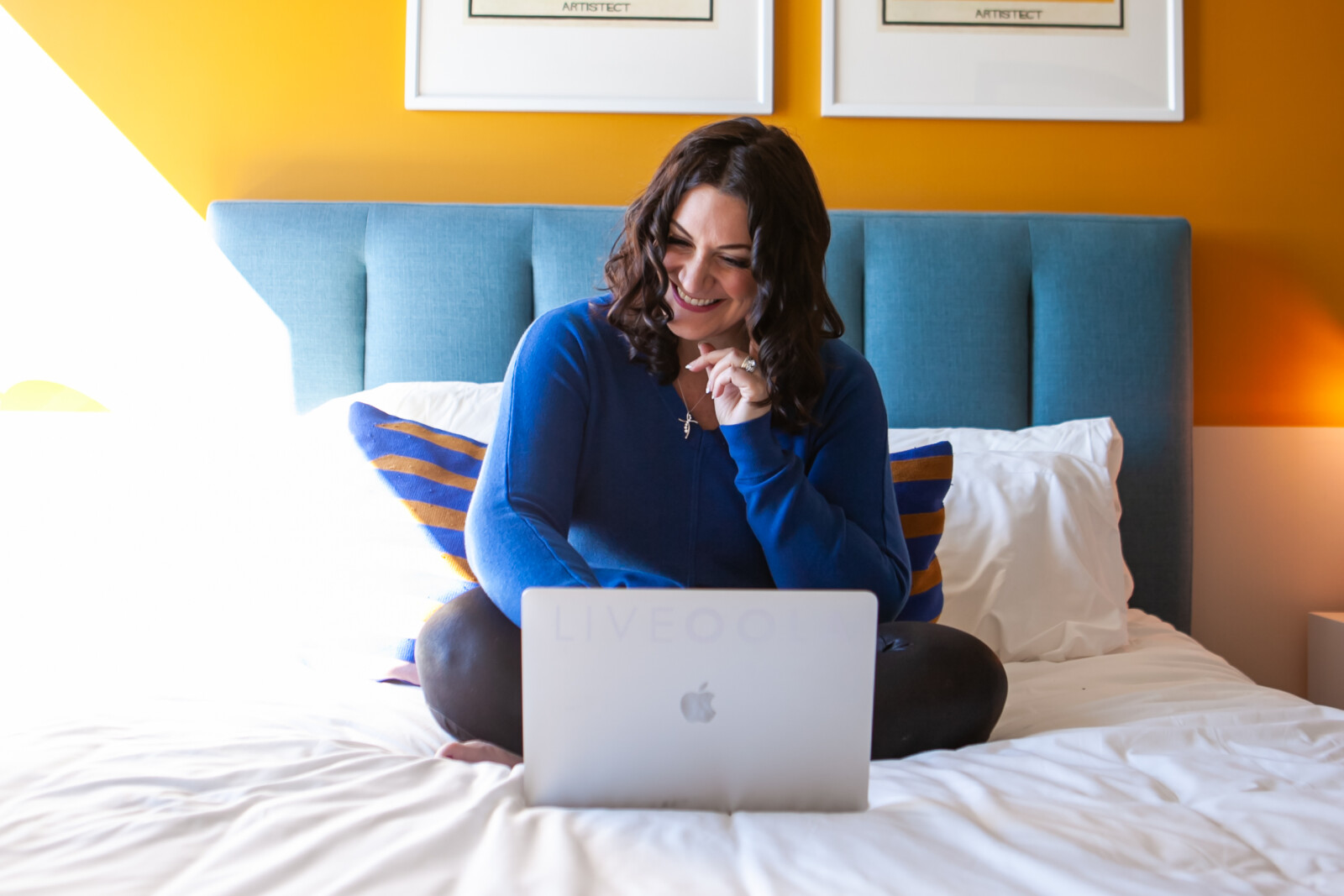
“Sitting is more dangerous than smoking, kills more people than HIV, and is more treacherous than parachuting,” writes Dr. James Levine, director of the Mayo Clinic-Arizona State University Obesity Solutions Initiative. “We are sitting ourselves to death.” He has spent years studying the results of what some call the “sitting epidemic” and used those two sentences to summarize his research.
Our lifestyles are becoming increasingly sedentary, which can adversely affect our health. However, we do have options for counteracting the potential negative effects of sitting.
Our Increasing Sedentary Lifestyles
Compared with past generations, people today spend more time sitting—while at a desk at work, while traveling in cars, and while watching TV at home. In summary, “people move less and sit more,” researchers write in a Mayo Clinic Proceedings study. Today, the average person spends 12 hours sitting each day. The sitting epidemic has become such a concern that the scientific community coined the term “Sitting Disease” to refer to the negative effects of sitting. Research has also found that as we get older, we tend to sit more.
Why Sitting Too Much is Bad for Your Health
What’s so bad about sitting? Well, many things in life are healthy in moderation, and sitting is one them. Overdo it, and you might have a problem with one or more of the following:
Increased risk for chronic disease: In part because spending excessive time sitting is associated with increased levels of internal and abdominal fat, an overly sedentary lifestyle can increase risk of chronic diseases such as type 2 diabetes and heart disease, according to the University of Leicester’s Dr. Joe Henson.
Increased risk of death: Several studies have studied the link between a sedentary lifestyle and mortality. One study published in the Annals of Internal Medicine found that the amount of time spent sitting per day, especially in long, uninterrupted bouts, is associated with all-cause mortality. Keith Diaz, the study’s lead author, said the results indicated that “as total sedentary time increased, so did early death by any cause.” People who sat 13 hours per day had a 200% greater risk of death than those who sat less than 11 hours per day.
Reduced thinking ability: Whether you’re crunching numbers or writing a press release, you probably need your brain in proper working order while you’re working. Sitting for too long slows down lots of bodily functions, including brain function. Moving circulates new blood and oxygen throughout your body and brain, which helps you think. There’s a reason people take walks to think.
Increased back and neck problems: Sitting too much and too long can strain your neck, particularly if you crane your neck forward to get a better look at the computer screen. Also, slouching can overextend the back muscles, causing damage and soreness. Remaining motionless for long periods of time can crunch the discs in the back incorrectly, reducing spine flexibility and increasing risk for herniated lumbar disks.
How to Combat the Sitting Epidemic
Unfortunately, simply adding some exercise to your day does not necessarily reverse the effects of sitting for long periods of time. So what can we do?
Take a break from sitting every 30 minutes: As a general rule, try not to sit more than 30 minutes at a time. Walk across the office, stretch, or work while standing for a while. Overall, you should spend about two hours out of your desk chair every workday, according to a statement in the British Journal of Sports Medicine.
Sit on an exercise ball or get a standing desk: Sitting on an exercise ball instead of a chair strengthens your back and core muscles to promote balance and flexibility. Standing desks allow a person to either sit or stand while working, making it easy to switch back and forth between the two. They even make treadmill desks now. If you can’t afford one on your own, perhaps pool money and purchase one for the office to share.
Schedule a “walking meeting”: Traditionally, meeting take place at tables or desks in someone’s office or the conference room. But it doesn’t have to be that way. If your office is located in an area that’s safe to navigate on foot, try scheduling a walking meeting. That way you can talk to your coworker about the matter at hand outside the distractions of the office while enjoying the outdoors and getting some exercise. You could also get in the habit of using part of your lunch break to take a walk before getting back to work.
Stretch and/or do yoga: When you take one of your breaks, try doing some stretches or yoga to ward off stiffness and promote good circulation. Experts suggest yoga poses cow and cat to promote back flexibility.
Other ideas: Park farther away from the building. Take the stairs. Take phone calls standing up. Get a Fitbit. Visit the office gym. Go see your coworkers.

